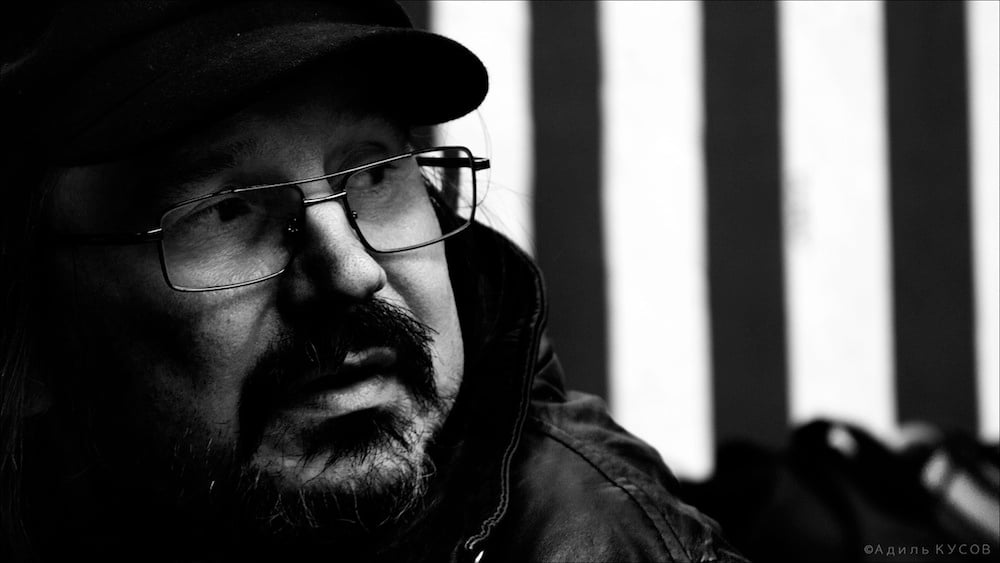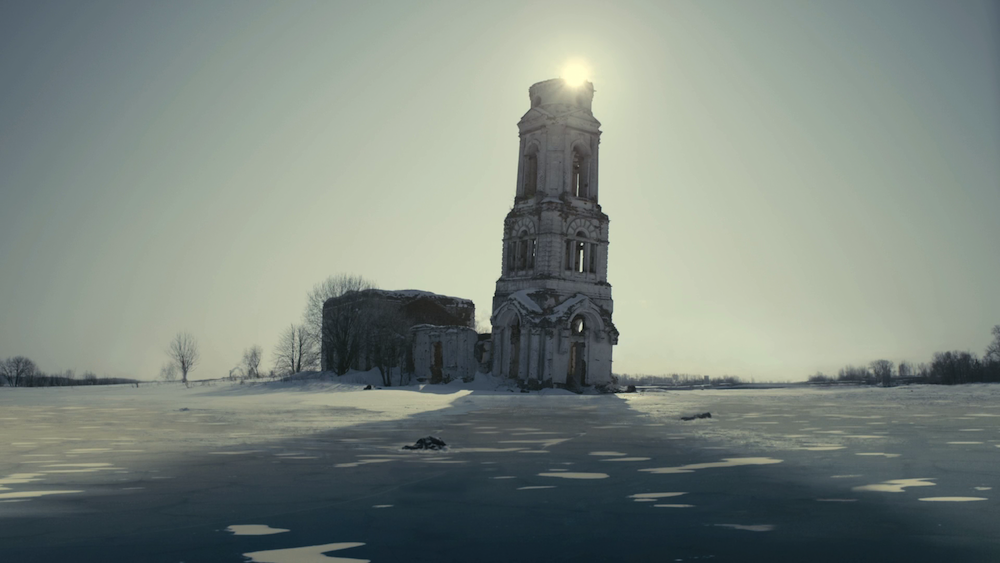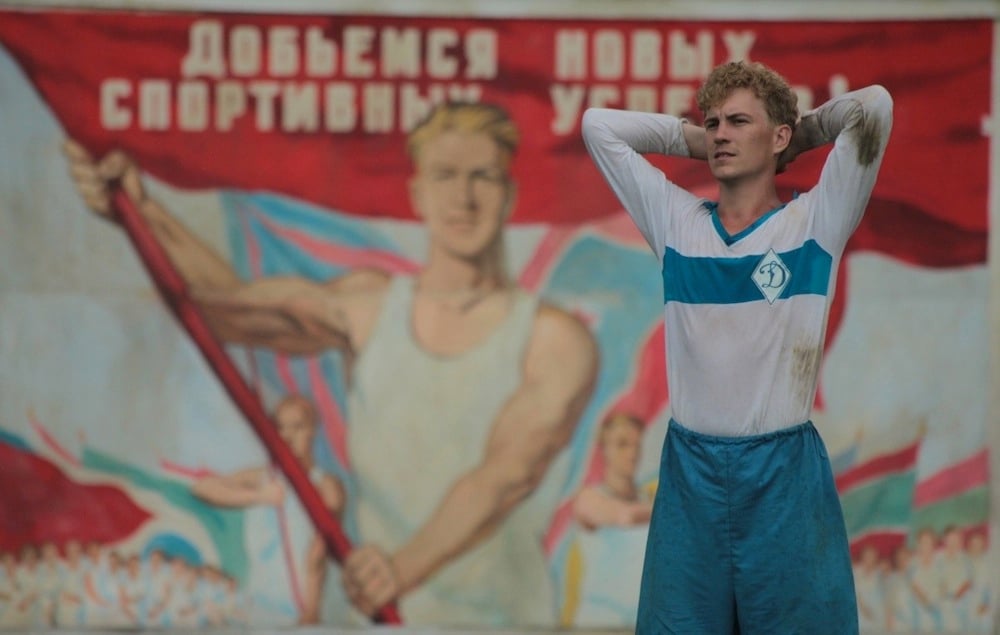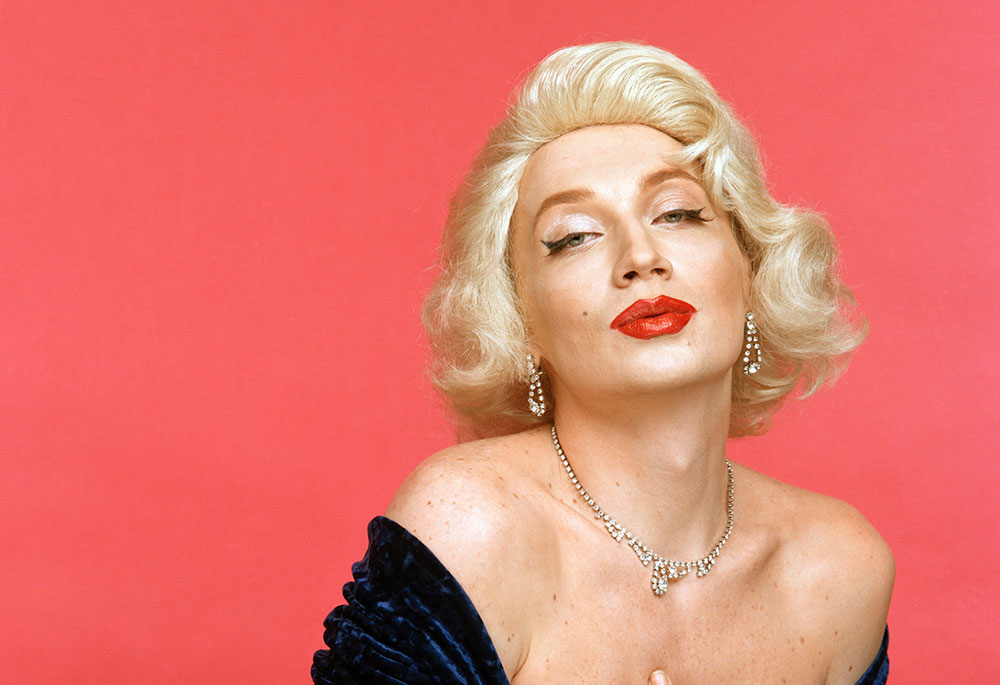Fade to black: remembering controversial director Alexei Balabanov

Alexei Balabanov, one of Russia's most respected, and notorious, film directors, died last week. Seth Graham celebrates a unique talent
Alexei Balabanov — prolific cinematic interpreter of post-Soviet Russia and Russianness, middle-aged enfant terrible, divider of opinion to rival Marmite — died after a seizure on 13 May, aged 54. He had been ill for some time and remarked in his last interview that: “There probably won’t be any more Balabanov films.” In his 14th and final movie, Me Too (2012), he made a cameo appearance as a filmmaker. A filmmaker who dies. These dark foreshadowings did not make his death any less of a gut-punch to those of us (and there are many of us) who had become accustomed to savouring a new Balabanov film every year or two, as well as the inevitable accompaniment of a bristling and exhilarating debate about Russia, cinema, and Russian cinema. His death at the height of his creative powers is a visceral loss to the nation’s film industry, and his unfinished oeuvre represents an already palpable gap in the history of post-Soviet cinema.
Since beginning his career at the tail end of perestroika, Alexei Oktyabrinovich (his memorable patronymic is worth noting, if only to mark his origins as a child of the USSR) had earned a reputation as a director who was equally adept at making movies as he was making films. That is, he was a director who alternated effortlessly between popular genre pictures and aesthetically complex, “serious” works of cinema. Usually ascribed to the former mode are his breakout crime hits Brother (1997) and Brother 2 (2000), which reintroduced the figure of the positive hero to Russian culture in the shape of protagonist Danila Bagrov; the action-war film War (2002), which treated the Chechen War and the larger, centuries-old question of Russia’s relationship with the Caucasus; and the gangster melodrama It Doesn’t Hurt Me (2006). Among his purported auteur works are his early adaptations of Samuel Beckett (Happy Days, 1991) and Franz Kafka (The Castle, 1994), his 1995 short Trofim, the polymorphously perverse period piece Of Freaks and Men (1998), his swansong Me Too (2012), and his most controversial work, Cargo 200 (2007), which rent the film press corps in two at the Kinotavr Film Festival in Sochi that year over the question of whether it was a mature virtuoso’s masterpiece or an irresponsible act of celluloid hooliganism. The furore over that film’s depictions of ghoulish sadism largely ignored the fact that it was an adaptation of William Faulkner’s 1931 novel Sanctuary, from which Balabanov had taken much of the ghoulishness directly, albeit transplanted to the USSR circa 1984. Cargo 200 also drew idiosyncratically but undeniably on the conventions of the horror film. Add to this mix a subplot about a professor of “scientific atheism” who has a crisis of (lack of) faith, and it is clear that the crude cineplex/arthouse dichotomy is not a particularly sharp instrument for analysing Balabanov’s work.
The fact that Balabanov was trained as a filmmaker during perestroika is illuminating: that cultural moment’s dominant representational impulse was to rescue a host of hidden historical truths, erstwhile invisible people, and taboo ideas from the realm of the publicly unsaid. To use the language of both the Russian formalist critics and 20th-century web designers, the late Eighties and much of the Nineties were about content; the cinema screen in particular was a carnival of content, much of it to do with the historical abscesses of the Soviet century and the dark underbelly of contemporary Soviet life. The relentless emphasis on exposing that content (combined with minuscule budgets) meant that the distinctive elements of cinema as an art form — innovative cinematography and production design, compelling and tight narrative structure, and, in particular, a strong protagonist — were too often neglected. In Brother, Balabanov’s story about a young veteran of the Chechen campaign who goes from Moscow to St Petersburg to join his hitman sibling, viewers inside and outside Russia were drawn to the skilful melding of the medium’s power as a form of popular entertainment with the craftsmanship and intellectual complexity of “serious” cinema. The gangster theme had already been prominent on Russian screens for years, but Balabanov’s contribution to this new genre (to Russia) showed both his commercial acumen and his training in experimental and auteur cinema at the Higher Courses for Filmmakers in Moscow. He was able to repeat this success in large part due to his skill at another aspect of the filmmaking process: he founded the film production company CTV with director/producer Sergei Selyanov in 1992, and the rapid success of the company ensured that his future films would be reliably funded.
“What he did was to demonstrate what a powerful narrative medium the feature film can be”
Balabanov’s omnivorous approach to the formal and thematic elements of cinematic storytelling is on vivid display in his other films. For example, Morphine, which is a loose adaptation of Mikhail Bulgakov’s early autobiographical stories, also draws heavily on a contemporary film genre — the addiction film. A young doctor arrives at a provincial Russian hospital in 1917, and begins well, showing skill and grace under pressure as he deals with the injuries and illnesses of the Russian provinces: amputating (graphically) a girl’s crushed leg; delivering a breech baby; performing a tracheotomy on a child. After the doctor takes his first morphine injection (to counter an allergic reaction to a diphtheria vaccine), the hallmarks of the addiction film come as expected: the sweaty sheets; the grungy-toilet hugging; the furtive raids on locked pharmacy cabinets; the skinny, sympathetic girlfriend doomed to become an addict herself. These tropes, familiar to us from The Days of Wine and Roses, Requiem for a Dream, Trainspotting, Drugstore Cowboy, The Rose, Jungle Fever, and a hundred other films, are offered to the viewer in an tightly structured narrative, and with a gorgeous and meticulously detailed production design (for instance, the new-born foetus in the birth scene is actually a lifelike model that cost $20,000). The meticulous visual abundance is enhanced by the soundtrack’s frequent use of vintage recordings by legendary cabaret singer Alexander Vertinsky. The retro impulse, with its characteristic combination of nostalgia and irony — some have called it “unsentimental nostalgia” — is in evidence. The profoundly pessimistic trajectory of the plot, along with the nature of the addiction film and the graphic, medical gore mentioned above make this image of the Russian past very different from other evocations of Russia’s lost idyllic past, be they sincere — Nikita Mikhalkov’s Burnt by the Sun (1994) and The Barber of Siberia (1998) — or ironic — Ivan Dykhovichny’s Moscow Parade (1992).
“His status was too often overshadowed by viewers’ and critics’ scandalised debates”
Andrei Plakhov intriguingly titled his review of Morphine Cargo-300, a reference to Balabanov’s 2007 succès de scandale. Plakhov’s linkage of the two films was not a dismissal or even a criticism of Morphine as yet another provocative Balabanovian schlockfest. The critic was in fact defending the film as a work of art, and Balabanov as an artist at the top of his creative game, whose status as such was too often and too predictably overshadowed by viewers’ and critics’ scandalised debates over, for example, a fellatio scene, or an anti-Semitic stereotype, rather than the film’s complex engagement with a whole series of formal predecessors, both Russian and foreign. Balabanov achieved this level of engagement 14 times in just over 20 years.
Balabanov did not make his antagonistic, offensive and scandalous films in order to (or solely in order to) antagonise, offend or scandalise. That was just a bonus. What he did, to put it perhaps too simply, was to demonstrate, again and again, what a powerful narrative medium the feature film can be. We expect all good filmmakers to do that, of course, but since the beginning of the nation’s extreme cinematic doldrums in 1991 (the same year Balabanov’s career began), precious few Russian filmmakers have done so. And none have done it as well and as often as he does; or, rather, did.





